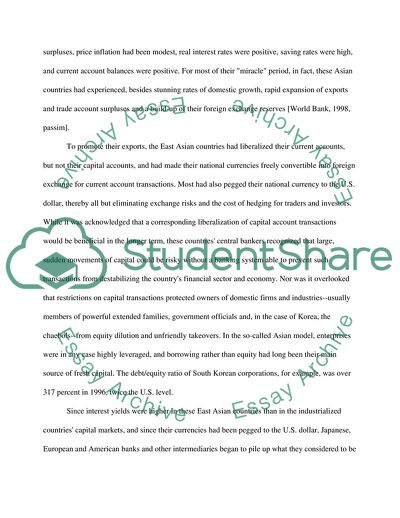Cite this document
(IMF/World Bank Response to Asian Crisis Assignment, n.d.)
IMF/World Bank Response to Asian Crisis Assignment. https://studentshare.org/finance-accounting/1705156-imfworld-bank-response-to-asian-crisis
IMF/World Bank Response to Asian Crisis Assignment. https://studentshare.org/finance-accounting/1705156-imfworld-bank-response-to-asian-crisis
(IMF/World Bank Response to Asian Crisis Assignment)
IMF/World Bank Response to Asian Crisis Assignment. https://studentshare.org/finance-accounting/1705156-imfworld-bank-response-to-asian-crisis.
IMF/World Bank Response to Asian Crisis Assignment. https://studentshare.org/finance-accounting/1705156-imfworld-bank-response-to-asian-crisis.
“IMF/World Bank Response to Asian Crisis Assignment”. https://studentshare.org/finance-accounting/1705156-imfworld-bank-response-to-asian-crisis.


